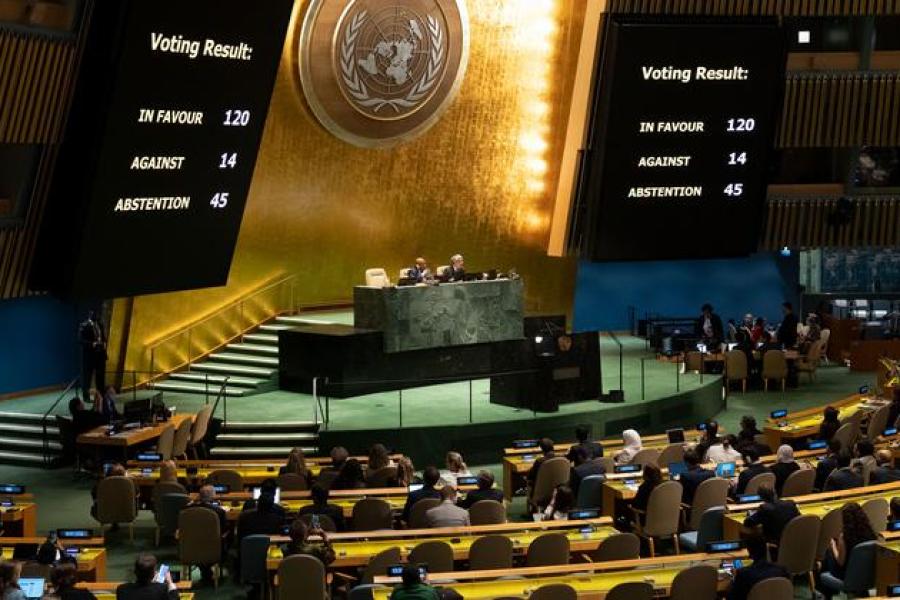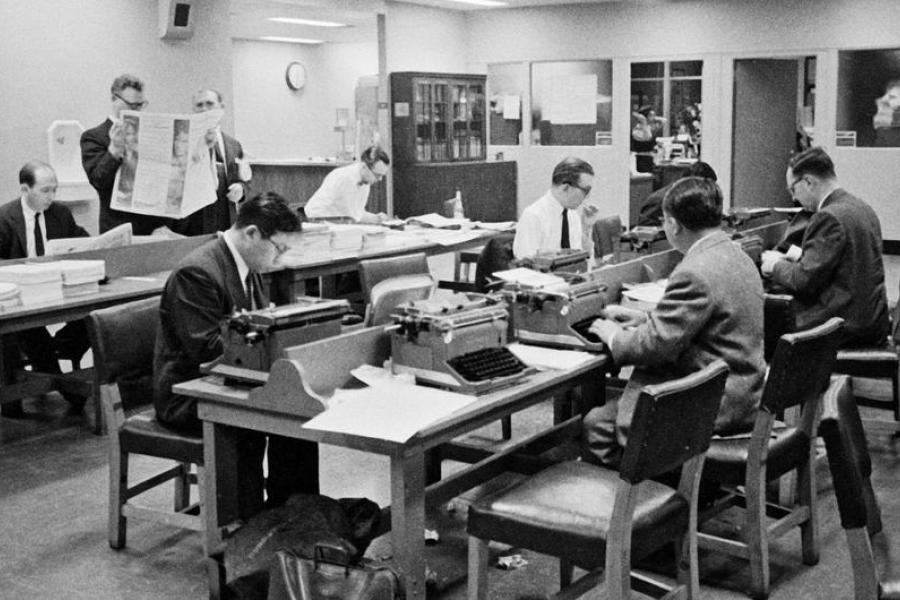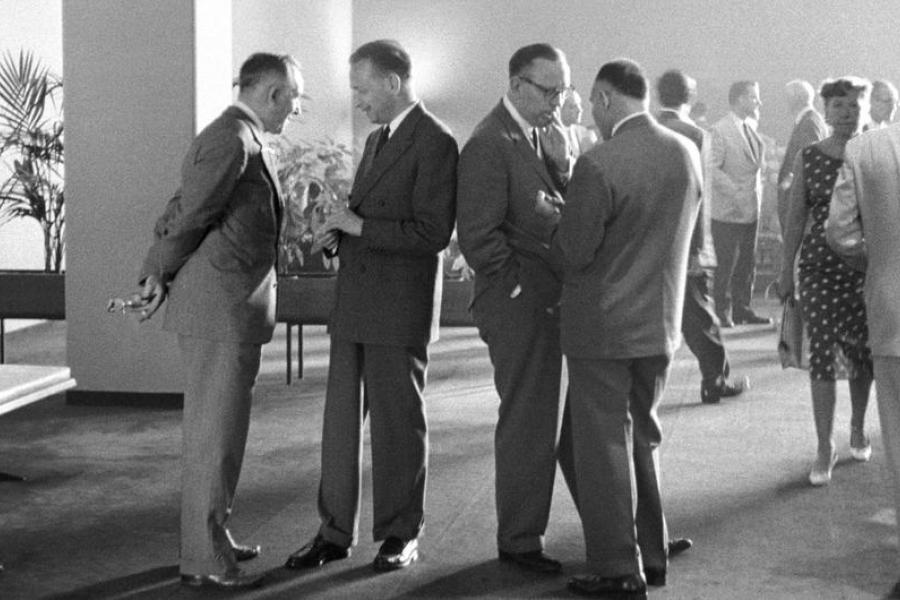Explainer: What is a UN General Assembly emergency special session and why it matters

As UN member states, we took a look at how the current rarely convened General Assembly emergency special session came about, what it means and why it matters.
What’s an emergency special session?
When the UN Security Council is unable to shoulder its primary responsibility to maintain international peace and security, as has thus far been the case following the 7 October outbreak of the latest Israel-Palestine crisis, the General Assembly can consider the matter immediately in an emergency special session.
UN Member States can request the Assembly President to convene such a session, with a view to making appropriate recommendations for collective measures, including calling for ceasefires, and in the case of a breach of the peace or act of aggression, as a last resort, the use of armed force when necessary.
At the first plenary meeting of an emergency special session or upon its resumption, as is the case with the current tenth session, the Assembly typically hears from the country or countries of concern. Member States then debate the issue and vote on a draft resolution.
If adopted by a two-thirds majority, the non-binding General Assembly resolution provides guidance for nations. Some of these past session resolutions have contained, for example a request for an advisory opinion from the International Court of Justice (ICJ), and a request for an international UN-led force to intervene to secure and supervise the cessation of hostilities.

UN Photo/Evan Schneider
The General Assembly emergency special session meeting on the situation in the Occupied Palestinian Territory enters its second day of deliberations.
What triggers emergency special sessions?
An emergency special session swiftly happens when the UN Security Council is deadlocked. That occurs when one of the five permanent Council members (China, France, Russia, United Kingdom, United States) uses their UN Charter-mandated veto power to quash a related draft resolution.
While veto use can also be quickly scrutinized at a regular General Assembly meeting, emergency special sessions are one option the UN membership has to debate urgent peace and security matters.
That’s what happened this week regarding the Israel-Palestine crisis. The Council’s failure to agree on multiple resolutions triggered a group of UN Member States to submit a request to the Assembly President.

UN Photo
Journalists work late into the night at UN Headquarters during the first emergency special session in 1956.
What makes these sessions ‘special’?
Only 11 emergency special sessions have been called in the last 73 years. The eleventh was convened, following a Security Council veto, six days after Russia’s full-scale invasion of Ukraine in 2022, resulting in a broadly supported resolution on the crisis.
What makes it ‘special’ is that despite Council disunity, the countries of the world can address urgent global peace and security matters together. At the request of Member States or the Council itself, the Assembly President shall convene an emergency special session within 24 hours.
The establishment and guiding rules of these sessions came after the outbreak of the Korean Peninsula conflict in 1950, when the Assembly adopted its landmark “Uniting for peace” resolution.
Another unique element is that unlike the 15-member Security Council, a veto cannot be used in the 193-member General Assembly. If a two-thirds majority of the Assembly votes in favour, a proposed draft resolution is adopted.
What’s another difference between the Council and the Assembly? While the former’s resolutions are legally binding, the latter’s are not.

UN Photo
The then UN Secretary-General Dag Hammarskjöld (standing second from left) in conversation in the Delegates Lounge at UN Headquarters following an emergency special session in 1958.
Hot spot: Middle East
Six of the 11 Assembly emergency special sessions relate to the Middle East.
The first ever such session was held in 1956 to consider the 1949 Arab-Israeli armistice agreements, which had been “disregarded” amid foreign military presence on Egypt’s territory near the Suez Canal.
During that session, the Assembly adopted a package of resolutions that, among other things, requested, “as a matter of priority, the Secretary-General to submit to it within 48 hours a plan for the setting up, with the consent of the nations concerned, of an emergency international United Nations Force to secure and supervise the cessation of hostilities”.
Other emergency special sessions were convened on matters in the Middle East in 1958 and 1967, the question of Palestine in 1980, and the situation in the occupied Arab territories in 1982.
Open 24/7
At the request of UN Member States, meetings of an emergency special session can be reconvened at any time and have been over the years.
That’s what happened last week, when a deadlocked Security Council led a group of nations submitted such a request to the Assembly President to reconvene the tenth emergency special session.
Convened for the first time in 1997, the session pertains to the matter of illegal Israeli actions in Occupied East Jerusalem and the rest of the Occupied Palestinian Territory.
At the outset of the resumed tenth session on 26 October, the Assembly heard from the UN Permanent Observer State of Palestine. Member States then opened their debate of the matter.
Though non-binding, the draft resolution overwhelmingly calls for peace.
Want to know who voted on what resolution and why? The UN Dag Hammarskjöld Library holds voting records, explanations of vote and related resolutions from all emergency special sessions here.

